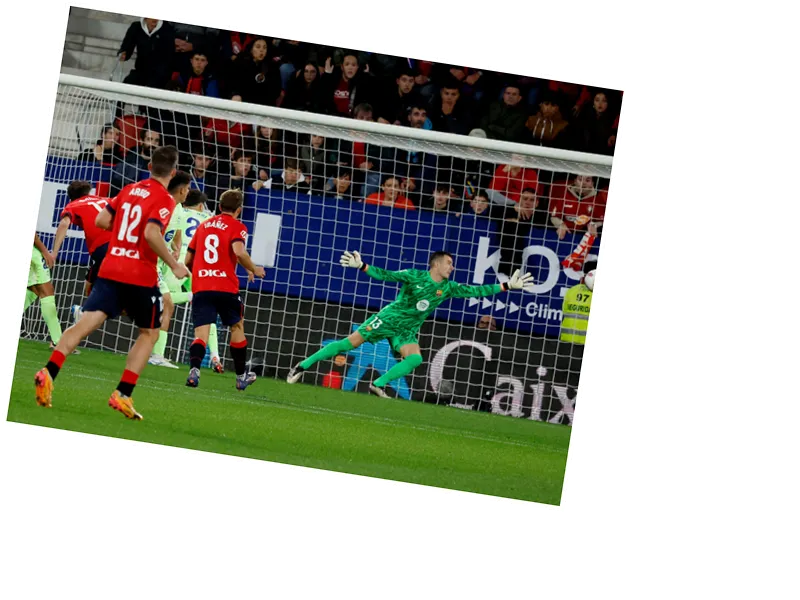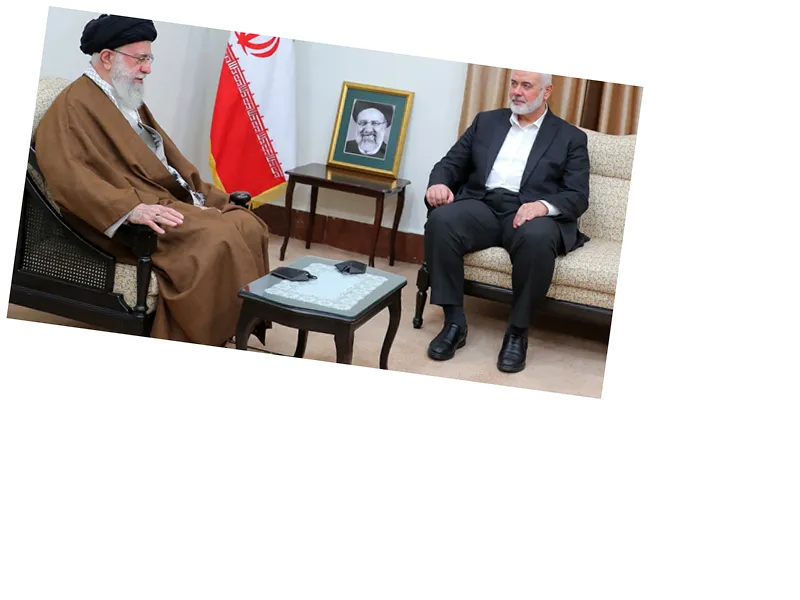Understanding Iran's Elite Rotation Process
In Iran, the concept of elite rotation serves as a crucial strategy for maintaining political stability and balance among various factions within the government. This management approach involves the periodic exchange of influential political figures in key positions, ensuring that no single group monopolizes power. The Guardian Council and legislative bodies play significant roles in this process, selecting individuals who can contribute to a balanced representation of all parties, thereby minimizing the risk of internal conflicts.
According to Iranian affairs researcher Mohammad Akhund Pour Amiri, the essence of elite rotation lies in creating a functional balance between different political currents. The intertwining of republican principles with Islamic frameworks necessitates that political elites comprehend and implement standards that reflect both governance systems. This balance is vital for the continuity of the Iranian regime and the effective handling of domestic policies, as it promotes diverse participation in decision-making processes.
The Role of the Supreme Leader and Political Elites
The Supreme Leader of Iran plays a pivotal role in overseeing the elite rotation process, ensuring that competition among political factions remains healthy and aligned with Islamic values. When the actions of political elites threaten to disrupt the established order, the Supreme Leader intervenes to restore balance. This neutral oversight is essential in a system where the dynamics between elected and unelected institutions often lead to power imbalances.
Javad Heyrannia, another political researcher, highlights that the relationship between political elites and the bureaucracy is foundational to Iran's power structure. Since the 1979 revolution, unelected institutions have wielded significant power, while the Guardian Council has closely monitored elite rotations within elected bodies like parliament and the presidency. Recent elections have seen a trend where moderates and reformists are increasingly sidelined, raising concerns about the overall political balance.
Challenges and Future Outlook for Elite Rotation
The recent political landscape in Iran has witnessed a shift towards conservative extremism, particularly after the 2021 elections, which intensified the exclusion of reformist voices from power. However, the departure of former President Ebrahim Raisi presents a potential opportunity for restoring some balance. The rise of President Masoud Pezeshkian, a reformist, may encourage a return to a more inclusive political environment where diverse factions can coexist within the governance framework.
Despite the advantages of elite rotation in promoting stability and preventing power monopolization, it is not without challenges. Critics argue that frequent leadership changes can lead to temporary instability and question the effectiveness of new leaders in their roles. As Iran navigates these complexities, the future of its political landscape remains uncertain, hinging on the ability of its elites to adapt and respond to the evolving needs of society.





